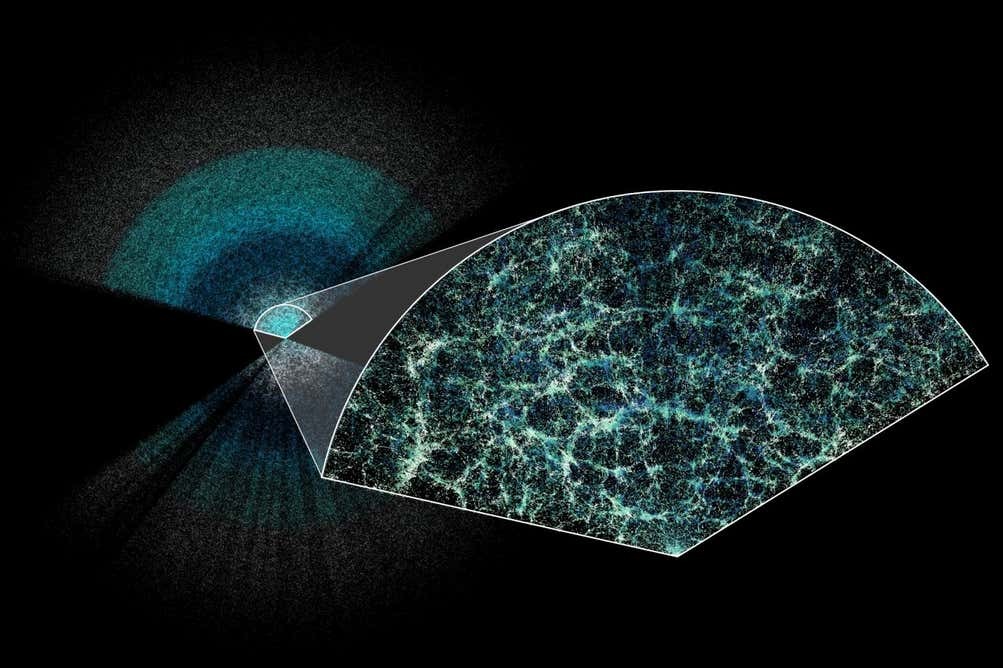SpaceX continues to improve and expand its Starlink satellite internet service, especially for remote regions. A recent test of Community Gateways technology showed download speeds of up to 8 Gbps and upload speeds of up to 2.8 Gbps. SpaceX Vice President Michael Nicolls reported on social network X the results of a speed test near Jacksonville, Florida, which proved the system’s high speed. Elon Musk added that the service would soon offer its customers internet access at speeds of even more than 8 Gbps.

This technology expands SpaceX’s Community Gateways business to bring high-speed internet to remote areas. The first Community Gateways was established in Unalaska, Alaska last year, serving customers through OptimERA. The new technology is focused on ships and airplanes, potentially serving shipping companies or government agencies.
Speedtest from @starlink’s new mobile community gateway capability, no land in sight. pic.twitter.com/0gswXiyc8b
— Michael Nicolls (@michaelnicollsx) July 17, 2024
For now, the service is not available to ordinary users, because it involves significant upfront costs and high monthly payments. Customers who want to build Community Gateways must pay $1.25 million upfront, and monthly access fees start at $75,000 for 1 Gbps. SpaceX has received experimental licenses from the FCC to test this service on its drone landing pad ships.

Expansion comes with logistical and market challenges. Connecting cell phones to satellites is challenging due to the low antenna gain and transmission power of mobile devices. Starlink competes with terrestrial networks and has disadvantages in calculating cost per 1 Gbps, especially when compared to fiber networks.
The economic viability of satellite Internet services remains an open question. Whether Starlink will be able to generate sufficient revenues to offset the huge investment costs is unknown. Quilty Space notes that SpaceX has only recently become profitable, exceeding the expectations of many industry veterans. SpaceX has launched over 5,000 satellites and has a stable cash flow for future investments.
We previously reported on how Starlink destroyed the ozone layer, which was supposed to recover by 2066.
According to techspot.com


